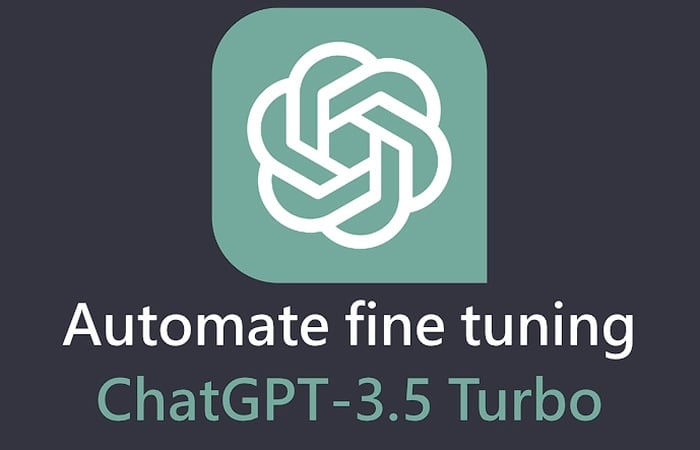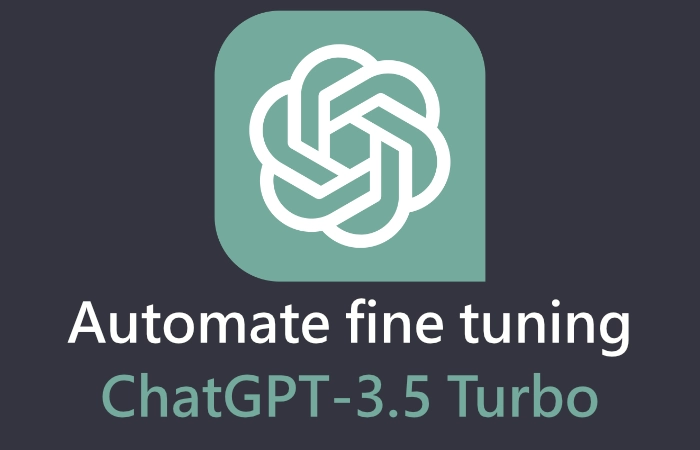
In the rapidly evolving world of artificial intelligence (AI), a new AI model has emerged that is capturing the attention of developers and researchers alike. Known as Mixtral, this open-source AI model is making waves with its unique approach to machine learning. Mixtral is built on the mixture of experts (MoE) model, which is similar to the technology used in OpenAI’s GPT-4. This guide will explore how Mixtral works, its applications, and how it can be fine-tuned and integrated with other AI tools to enhance machine learning projects.
Mixtral 8x7B, a high-quality sparse mixture of experts model (SMoE) with open weights. Licensed under Apache 2.0. Mixtral outperforms Llama 2 70B on most benchmarks with 6x faster inference.
At the heart of Mixtral is the MoE model, which is a departure from traditional neural networks. Instead of using a single network, Mixtral employs a collection of ‘expert’ networks, each specialized in handling different types of data. A gating mechanism is responsible for directing the input to the most suitable expert, which optimizes the model’s performance. This allows for faster and more accurate processing of information, making Mixtral a valuable tool for those looking to improve their AI systems.
One of the key features of Mixtral is its use of the Transformer architecture, which is known for its effectiveness with sequential data. What sets Mixtral apart is the incorporation of MoE layers within the Transformer framework. These layers function as experts, enabling the model to address complex tasks by leveraging the strengths of each layer. This innovative design allows Mixtral to handle intricate problems with greater precision.
How to fine tuning Mixtral
For those looking to implement Mixtral, RunPod offers a user-friendly template that simplifies the process of performing inference. This template makes it easier to call functions and manage parallel requests, which streamlines the user experience. This means that developers can focus on the more creative aspects of their projects, rather than getting bogged down with technical details. Check out the fine tuning tutorial kindly created by Trelis Research to learn more about how you can find tune Mixtral and more.
Here are some other articles you may find of interest on the subject of Mixtral and Mistral AI :
Customizing Mixtral to meet specific needs is a process known as fine-tuning. This involves adjusting the model’s parameters to better fit the data you’re working with. A critical part of this process is the modification of attention layers, which help the model focus on the most relevant parts of the input. Fine-tuning is an essential step for those who want to maximize the effectiveness of their Mixtral model.
Looking ahead, the future seems bright for MoE models like Mixtral. There is an expectation that these models will be integrated into a variety of mainstream AI packages and tools. This integration will enable a broader range of developers to take advantage of the benefits that MoE models offer. For example, MoE models can manage large sets of parameters with greater efficiency, as seen in the Mixtral 8X 7B instruct model.
The technical aspects of Mixtral, such as the router and gating mechanism, play a crucial role in the model’s efficiency. These components determine which expert should handle each piece of input, ensuring that computational resources are used optimally. This strategic balance between the size of the model and its efficiency is a defining characteristic of the MoE approach. Mixtral has the following capabilities.
- It gracefully handles a context of 32k tokens.
- It handles English, French, Italian, German and Spanish.
- It shows strong performance in code generation.
- It can be finetuned into an instruction-following model that achieves a score of 8.3 on MT-Bench.
Another important feature of Mixtral is the ability to create an API for scalable inference. This API can handle multiple requests at once, which is essential for applications that require quick responses or need to process large amounts of data simultaneously. The scalability of Mixtral’s API makes it a powerful tool for those looking to expand their AI solutions.
Once you have fine-tuned your Mixtral model, it’s important to preserve it for future use. Saving and uploading the model to platforms like Hugging Face allows you to share your work with the AI community and access it whenever needed. This not only benefits your own projects but also contributes to the collective knowledge and resources available to AI developers.
Mixtral’s open-source AI model represents a significant advancement in the field of machine learning. By utilizing the MoE architecture, users can achieve superior results with enhanced computational efficiency. Whether you’re an experienced AI professional or just starting out, Mixtral offers a robust set of tools ready to tackle complex machine learning challenges. With its powerful capabilities and ease of integration, Mixtral is poised to become a go-to resource for those looking to push the boundaries of what AI can do.
Filed Under: Guides, Top News
Latest timeswonderful Deals
Disclosure: Some of our articles include affiliate links. If you buy something through one of these links, timeswonderful may earn an affiliate commission. Learn about our Disclosure Policy.





